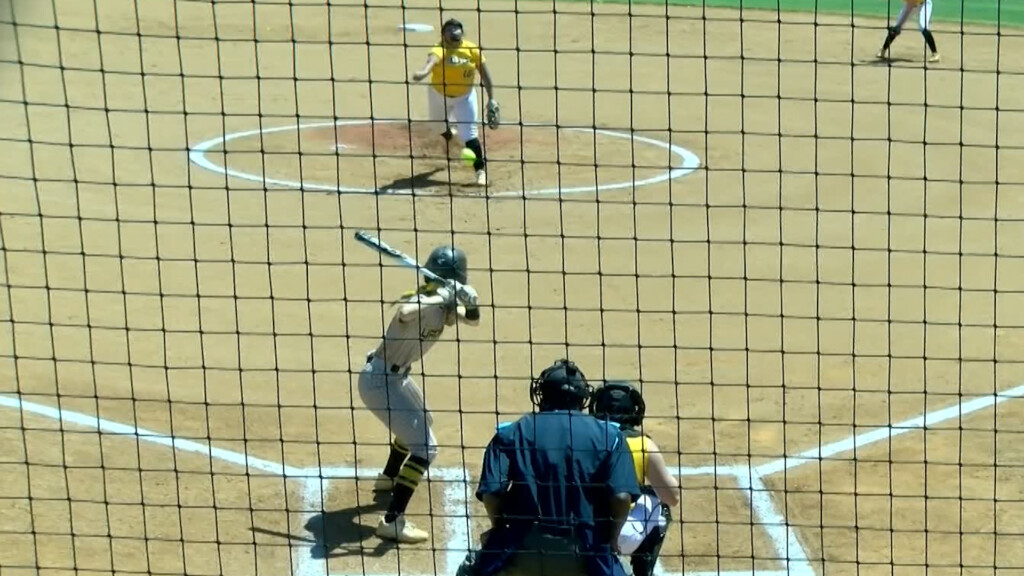Will quakes impact major fault where the “Big One” is overdue?
WCBS-TV chief weathercaster Lonnie Quinn told “CBS This Morning” occurred on what are called strike-slip faults, where the two plates slide parallel to each other but in opposite directions.
Quinn said what made these earthquakes especially rare is they didn’t happen all along one fault but rather two different ones that intersect at a right angle.
There have been more than 500 magnitude 3.0 or stronger aftershocks since the quakes and, as Quinn shows in the video above, you can see them forming along the two different faults.
The earthquakes have happened in something called the “Little Lake Fault Zone.” Meanwhile, the pressure is still building up on the San Andreas where the “Big One” is overdue.
There hasn’t been a 7.1 or larger on San Andreas since the 1906 San Francisco Earthquake.
© 2019 CBS Interactive Inc. All Rights Reserved.





Leave a Reply